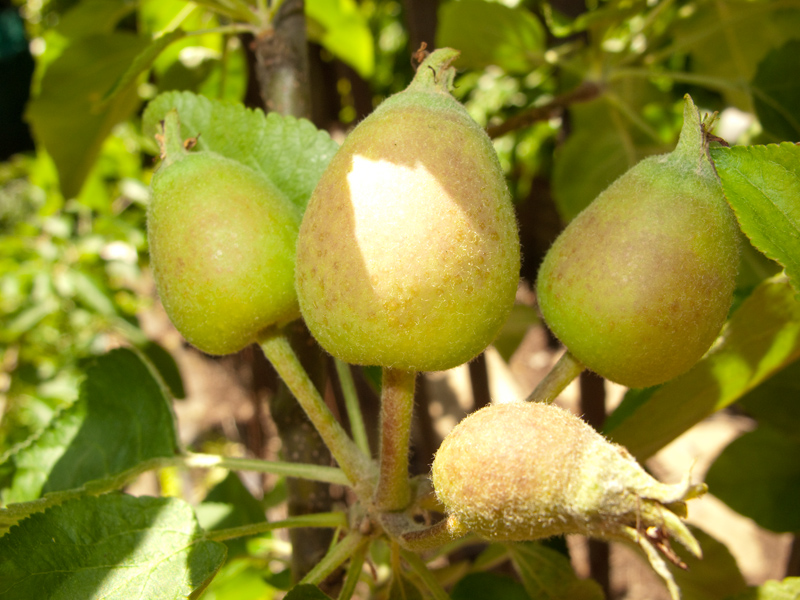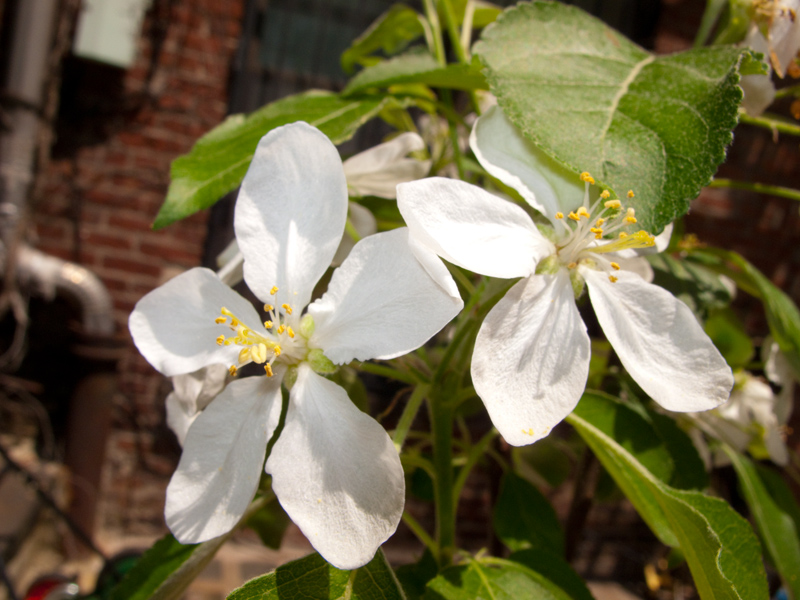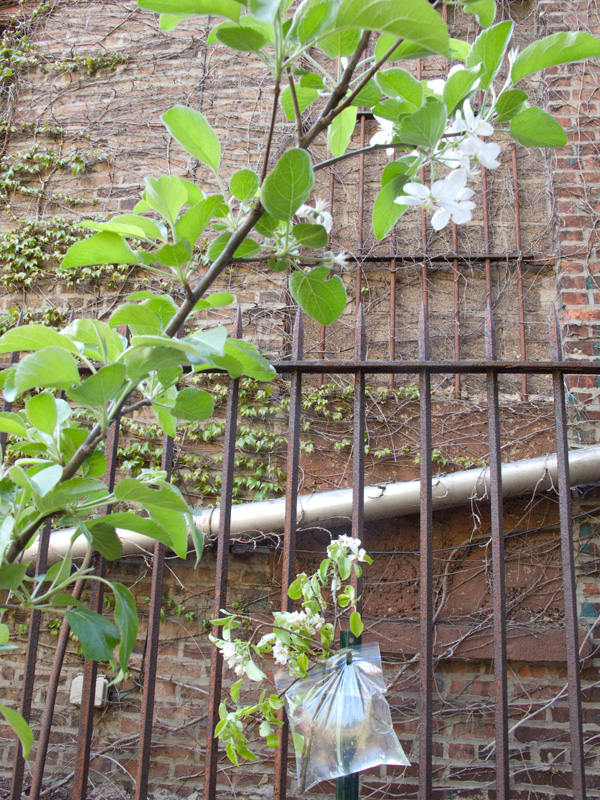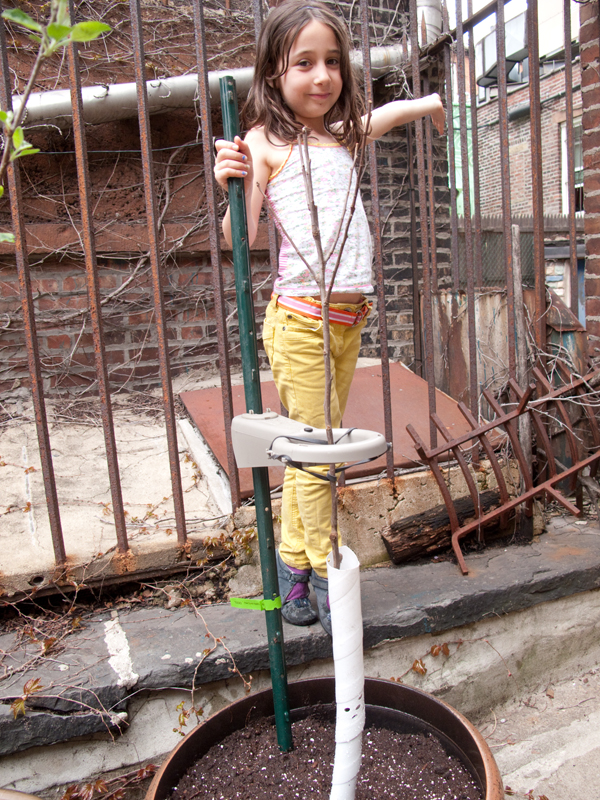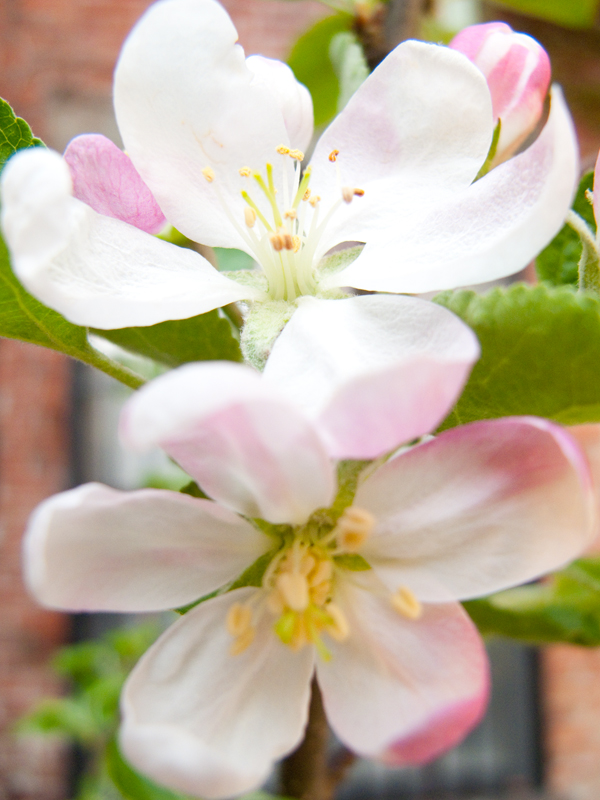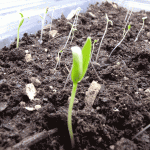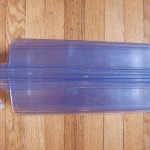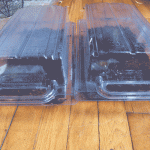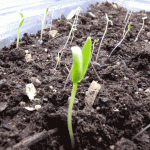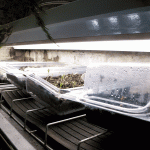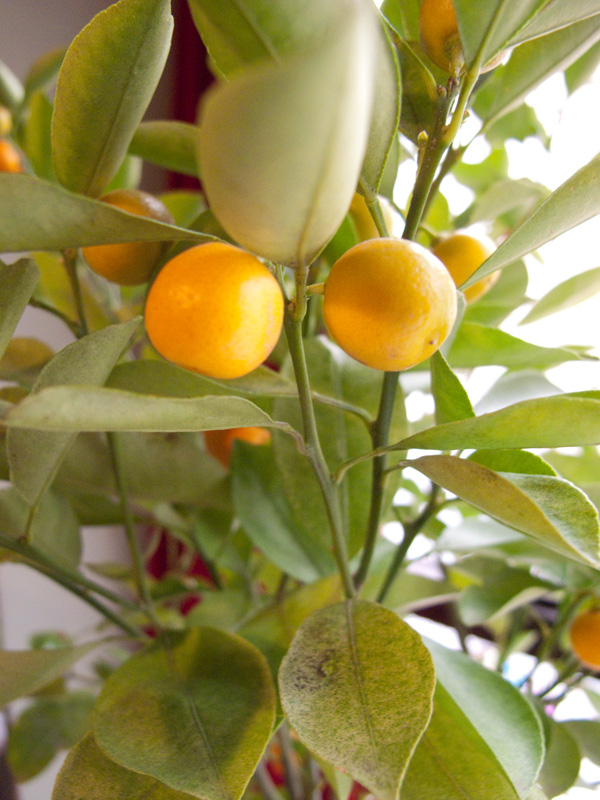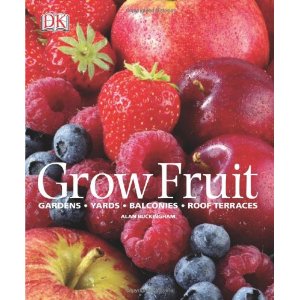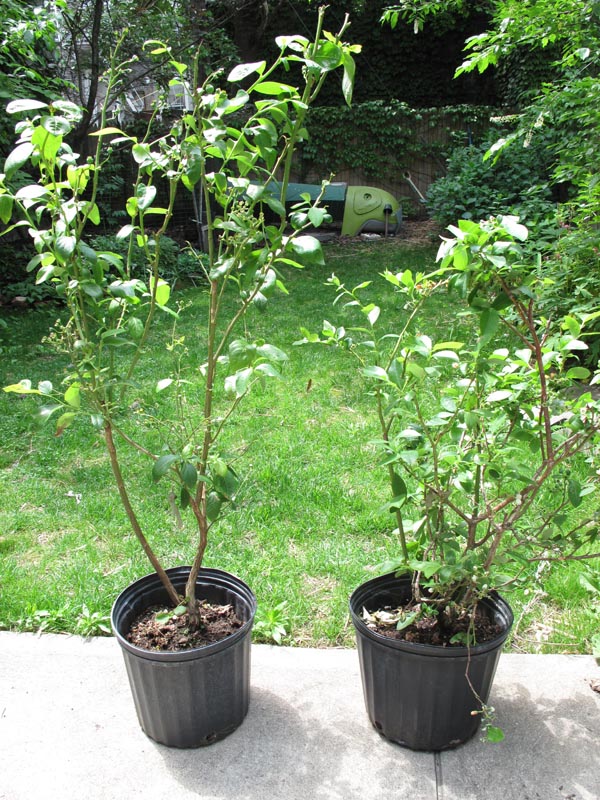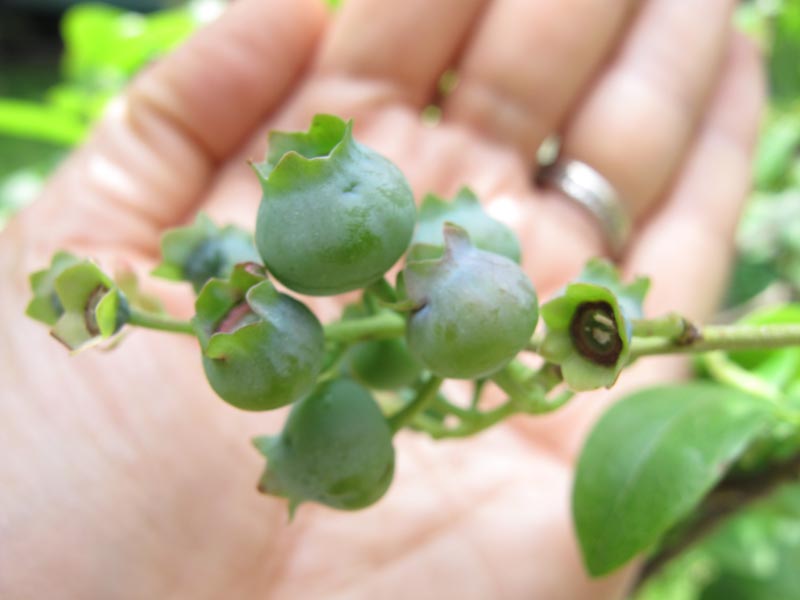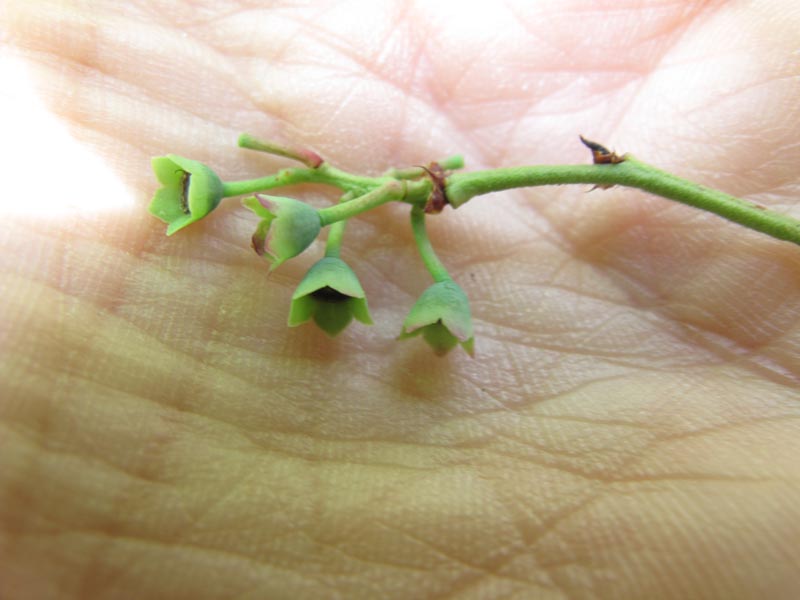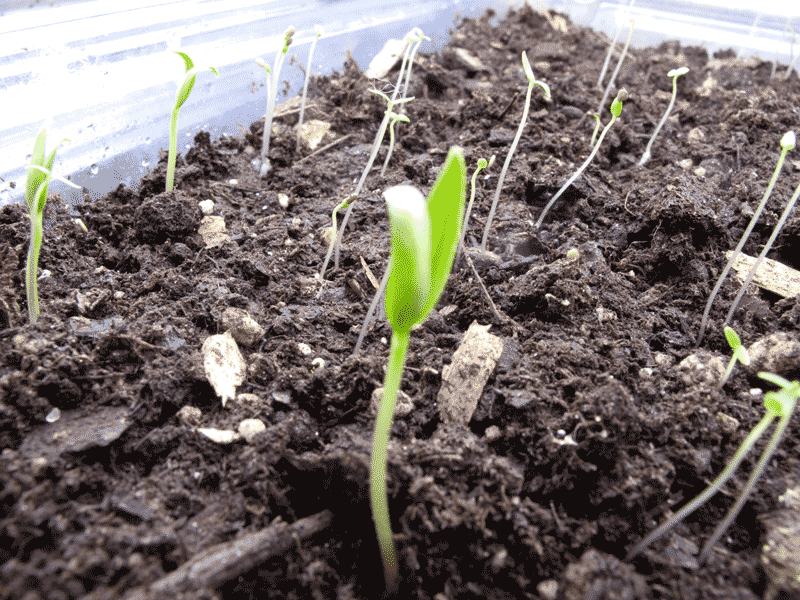
This could be my favorite time of the year. Winter is ending. (Please, humor me) Flowers are starting to pop, trees are blooming and there is an exuberance in the air when we can finally shed the heavy winter coats.
I like planting seeds because it gets me dreaming of warm summer days and the joy of growing my own flowers and veggies. We’ve had an unusually long winter, so I wasn’t thinking about starting seeds until just recently.
I like to recycle, so when I was walking down my street last fall, I saw these plastic containers being tossed and thought they would be perfect for starting seeds. You can also use those ridiculous plastic tubs that washed salad greens come in. It might make you feel less guilty for buying something with so much packaging! There were loads of these containers, so I kept a few and gave a bunch to my daughter’s science teacher, who runs a gardening class at the school.
I was talking with my mother-in-law about starting seeds and how I don’t do much besides putting the containers in a warm place, which is usually in a sunny spot. I poo-pooed all the “helicopter parenting” for seed starting. However, after several days with no signs of sun, warmth or seeds, I decided to pull out a heating mat I bought years ago for seed starting. That did the trick for getting the little guys to germinate. We still haven’t seen any signs of sun in ages, so I also pulled out the grow light that’s been in my basement for years.
So now the jokes on me and I’m the helicopter seed parent. Hopefully it will warm up enough that I can put these guys outside during the day and turn off the electricity. I did plant kale, deer’s tongue lettuce, New Zealand spinach, bush beans, sweet peas and mixed greens outside.
Inside started borage, which is growing like crazy, white currant tomatoes (little heirloom cherries) and ground cherries. I also planted the ironweed seeds that my mother-in-law gathered from the native plant nursery Project Native.
